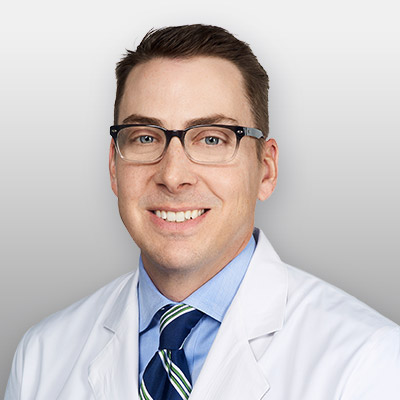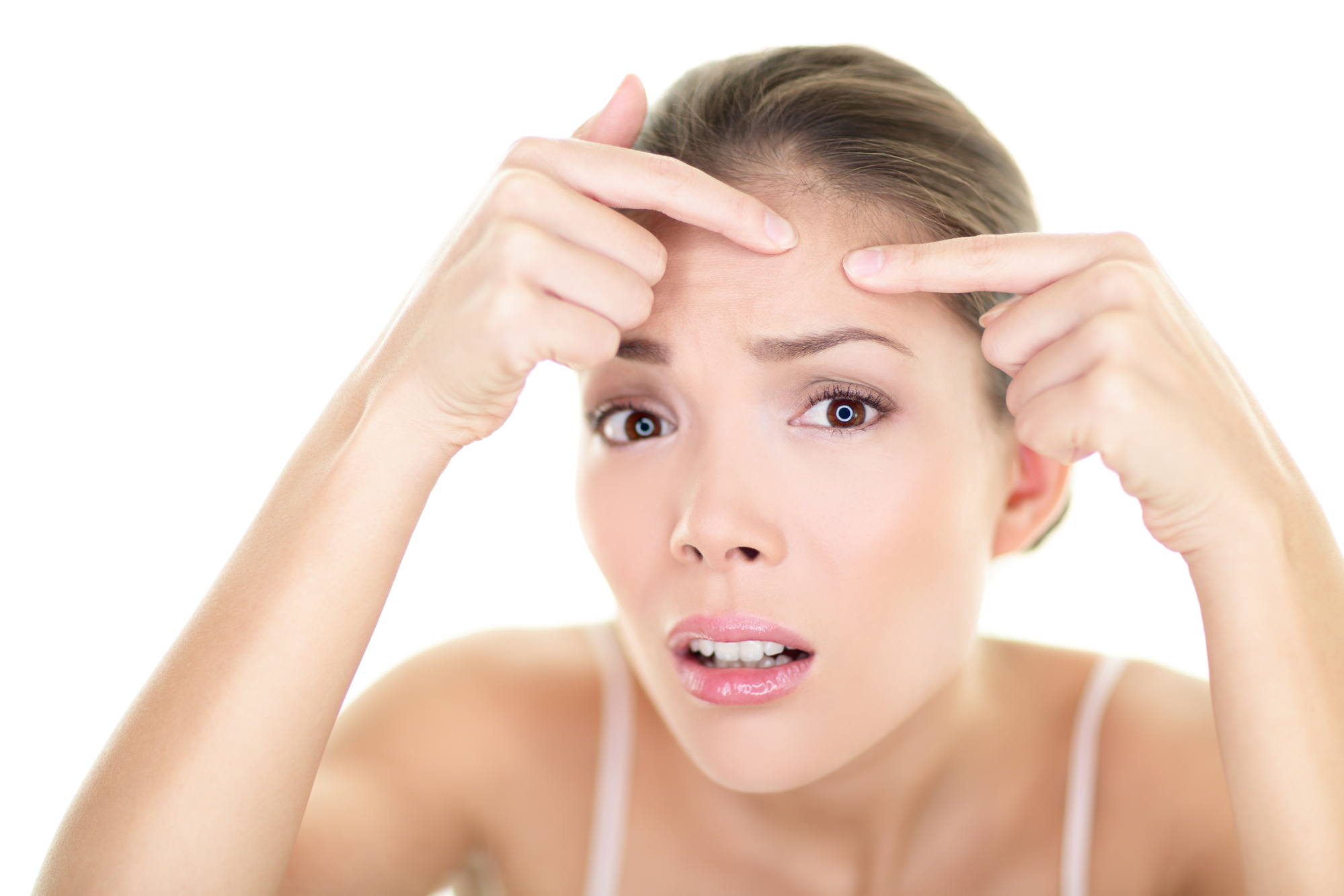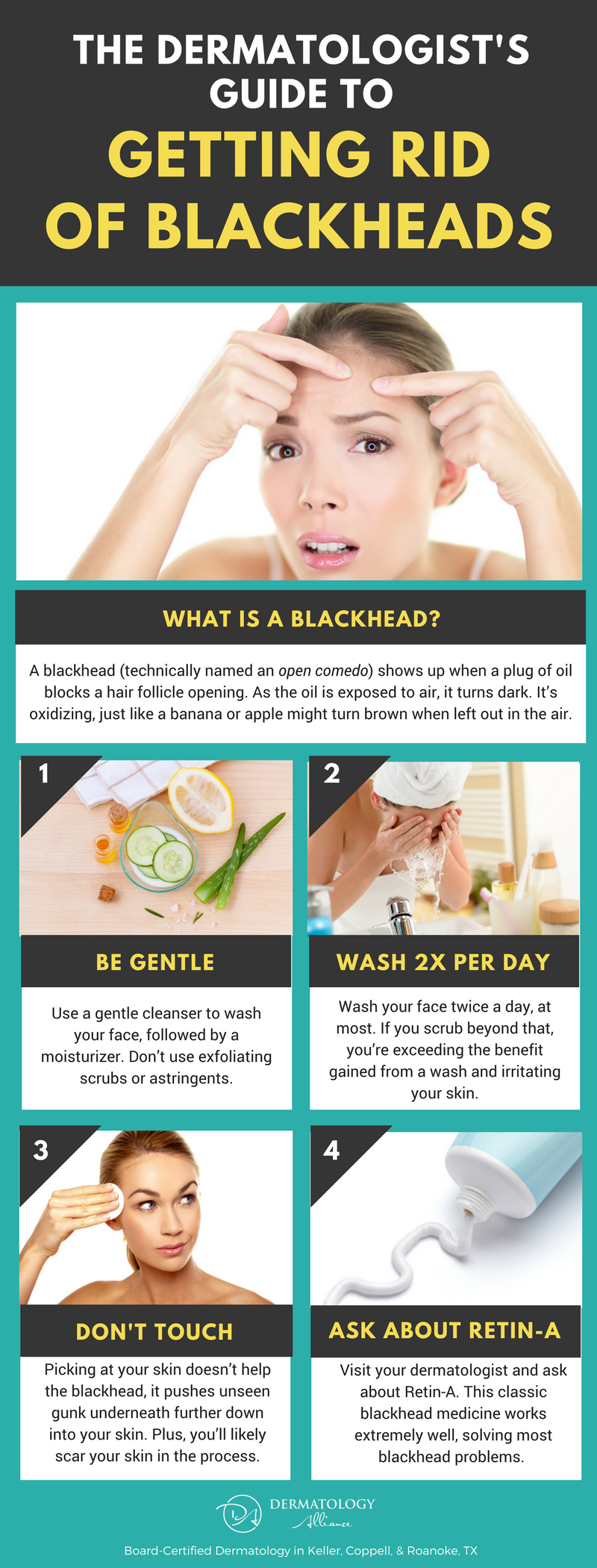Fact: No one wants a blackhead. When they rear their ugly heads, we’re ready to do whatever it takes to make them disappear. But in our efforts to pick, prod, and push them away, we can destroy our skin. So, if you’re plagued with these unsightly bumps, learn how we recommend to get rid of blackheads without making the problem worse in the long run.
What Is a Blackhead?
A blackhead (technically named an open comedo) shows up when a plug of oil blocks a hair follicle opening. As the oil is exposed to air, it turns dark. It’s oxidizing, just like a banana or apple might turn brown when left out in the air.
It’s related to a closed comedo, or whitehead. A whitehead comes from the same basic pore blockage, but some skin covers the oil. So it shows up as a white bump rather than an open blackhead.
What Causes Blackheads
If you examined several people’s noses, you’d see just how common blackheads are. (You’d also get a lot of weird looks so don’t actually test this out.) More people have them than you realize. Blackheads are the result of sticky oil. Usually, they pop up in early teenage years as hormones start to stimulate oil glands for the first time. It’s part of growing up. It’s not your fault.
Where Blackheads Are Seen
Blackheads are inevitable. A blackhead is part of the experience of having oily skin and the oil glands becoming functional (especially during the teenage years). Some people have more than others, and they typically show up in the T-zone — the forehead, nose, and chin.
How to Treat Blackheads
Many parents wonder why basic face washing isn’t solving their kids’ acne. Of course, the first step in preventing blackheads is face washing. But it has diminishing returns. Use a gentle cleanser (followed by a moisturizer) morning and night. But only wash twice a day. That’s when face washing benefits max out. But sometimes face washing alone isn’t effective enough to clear the skin.
We see this in acne medication testing groups all the time. Both the placebo group and test group follow the regimen of washing twice a day with a gentle cleanser and applying moisturizer. Even the placebo group shows 40% improvement with this simple routine. But the skin doesn’t clear up entirely.
For those that need a stronger treatment, visit your dermatologist to ask about Retin-A. This classic blackhead medicine works extremely well, solving most blackhead problems. Unlike other types of acne that respond unpredictably to treatments and pills, the right prescription strength of Retin-A should clear up the blackheads.
Choosing the Right Medicine
As your dermatologist helps you navigate the correct dosage of Retin-A for your skin, be patient. There’s not a one-size-fits-all treatment for various skin types. Some skin is sensitive and can only handle the lowest concentration. So your dermatologist may recommend some different “tricks” to getting your skin used to the strength of Retin-A needed to clear the blemishes. If you stay the course, the blackheads will eventually disappear.
How NOT to Treat Your Blackheads
As you wait for your blackheads to clear, you may be tempted to try some treatments that aren’t helpful. In fact, they’ll make your skin even worse.
1. Don’t over-cleanse and scrub your face.
Only wash your face twice a day, at most. If you scrub beyond that, your skin will not improve. You’re exceeding the benefit gained from a wash and irritating your skin. Plus, the skin barrier is compromised. As the skin barrier breaks down, you open your skin to more irritants and bacteria that can make acne and infections even worse.
2. Don’t use a harsh scrub.
Use a gentle cleanser to wash your face. Don’t use exfoliating scrubs or astringents. Sure, the alcohol gives a feeling of coolness as it makes the oil evaporate from your skin, but again, it’s stripping the skin barrier. The skin needs oil to function normally. The only exception to the gentle cleanser rule is a benzoyl peroxide wash. This can benefit any type of acne and is a good starting place for anyone with mild acne.
3. Don’t pick at your face.
Picking at your skin doesn’t help the blackhead. In fact, as you try to push it out of your face, you’re pushing the unseen gunk underneath further down into your skin. This raises the risk for an even bigger infection. Plus, you’ll likely scar your skin in the process.
Dear teenagers, blackheads are a part of life. Don’t destroy your face just because you have a few of them. If you have extensive breakouts, the best way to remove them is to visit your dermatologist for a session of safe, effective blackhead removal.

Dr. Christopher Fuller is a board-certified dermatologist in Keller and Roanoke, TX. After three years of general practice with the Marines, Dr. Fuller found himself drawn to the highly specialized field of dermatology. He pursued a residency in dermatology and was recognized as Chief Resident during his final year of training. A member of the American Academy of Dermatology, Dr. Fuller is skilled in practicing medical, surgical, pediatric, and cosmetic dermatology.
Learn more about Dr. Fuller.


